Exploring the effects of optimizing model-dependent parameters on Antarctic sea-ice concentration data assimilation
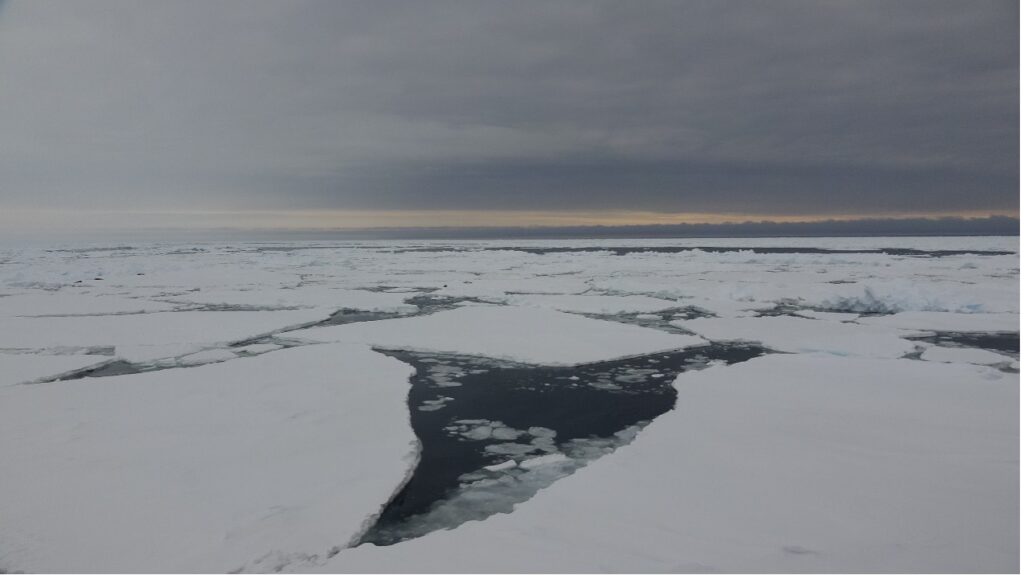 Improving the performance of the Data Assimilation System for the Southern Ocean in assimilating sea-ice concentration (SIC) through optimizing model-dependent parameters.
Improving the performance of the Data Assimilation System for the Southern Ocean in assimilating sea-ice concentration (SIC) through optimizing model-dependent parameters.
Antarctic Rifts and Icebergs
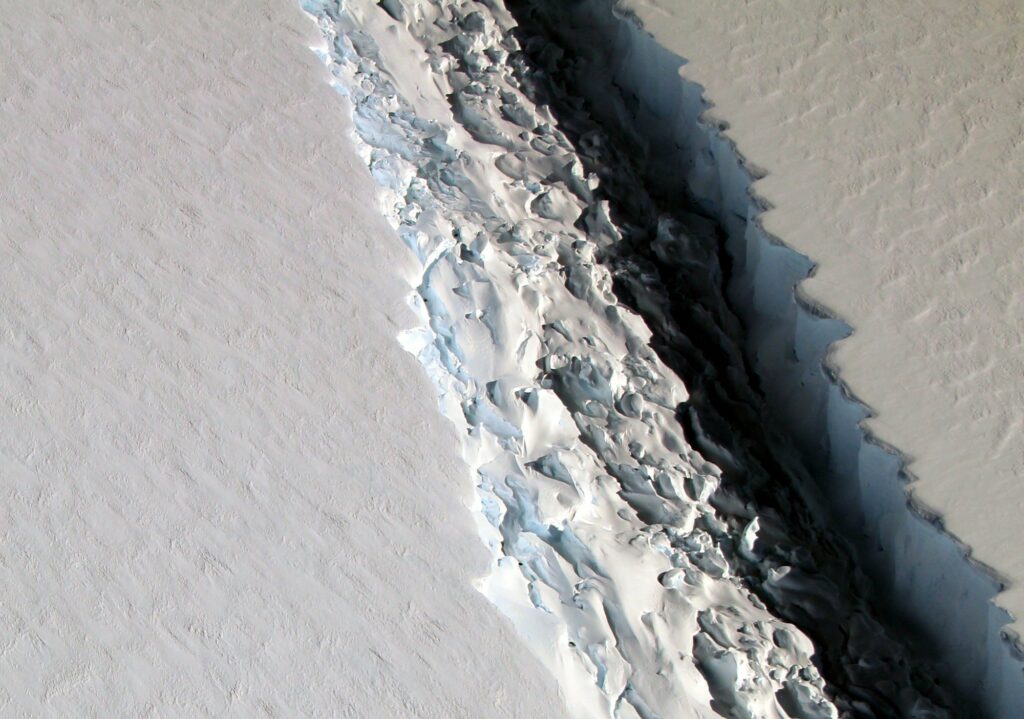 Mattia Poinelli uses MITgcm to explore what role rifts and icebergs play in shaping the dynamics of Antarctic ice shelves.
Mattia Poinelli uses MITgcm to explore what role rifts and icebergs play in shaping the dynamics of Antarctic ice shelves.
Assimilating Antarctic Sea-ice Thickness Data
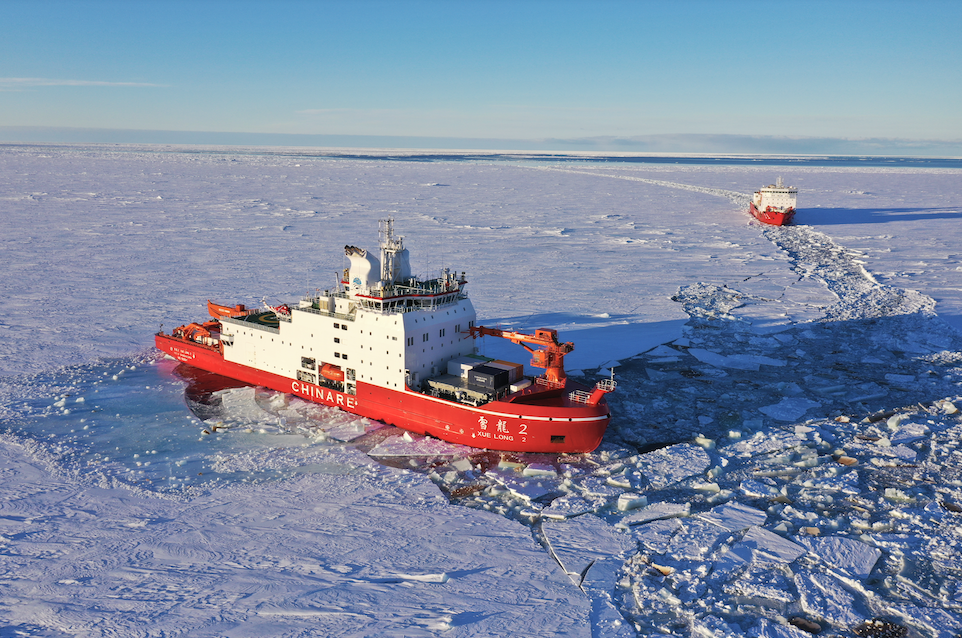
A team, bringing together researchers from China, Europe, and the US, use MITgcm to develop a new data assimilation system for the Southern Ocean with the aim of improving sea-ice thickness estimates in the region.
Blooming Antarctica
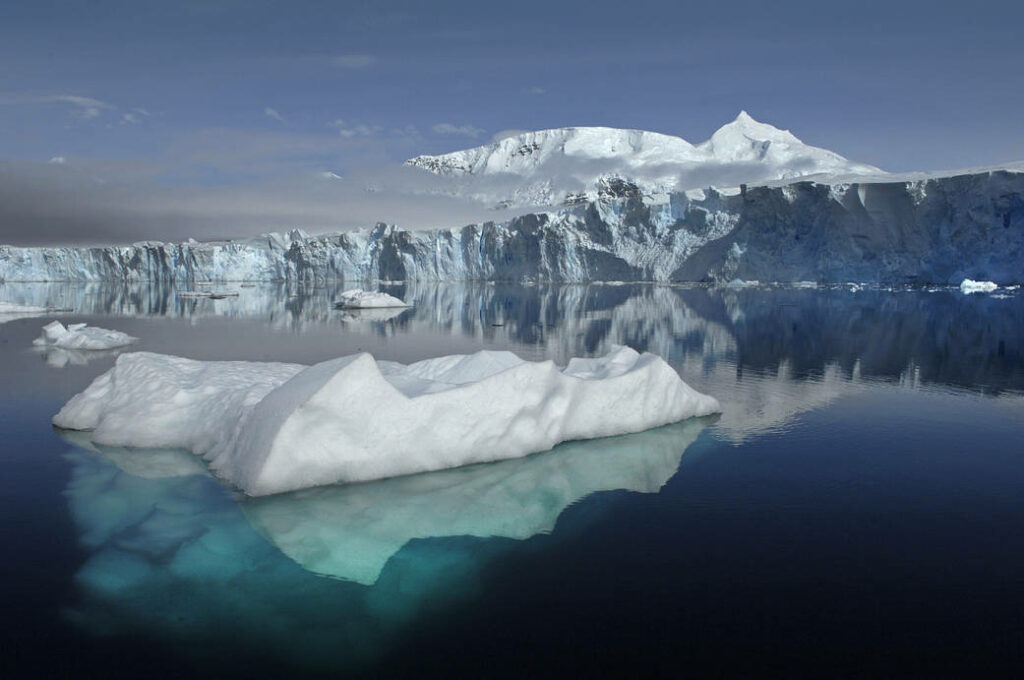 Researchers use MITgcm to understand how phytoplankton blooms and inorganic carbon respond to sea-ice variability in the West Antarctic Peninsula.
Researchers use MITgcm to understand how phytoplankton blooms and inorganic carbon respond to sea-ice variability in the West Antarctic Peninsula.
Arctic Shipping Forecast
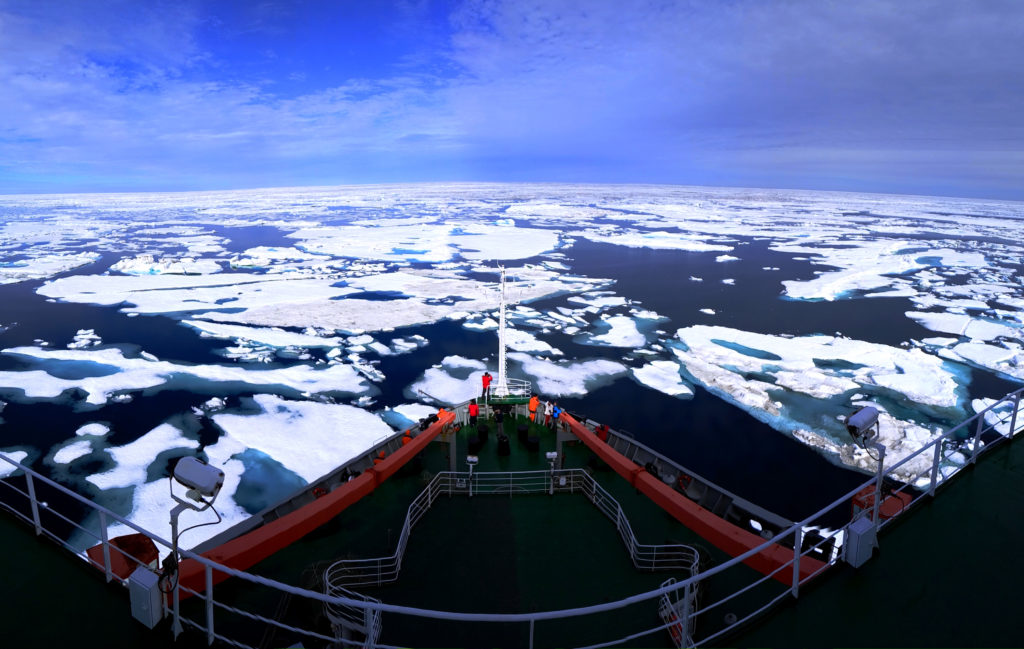 MITgcm underpins a new Chinese Arctic sea-ice prediction system.
MITgcm underpins a new Chinese Arctic sea-ice prediction system.
The Problem with Polynyas
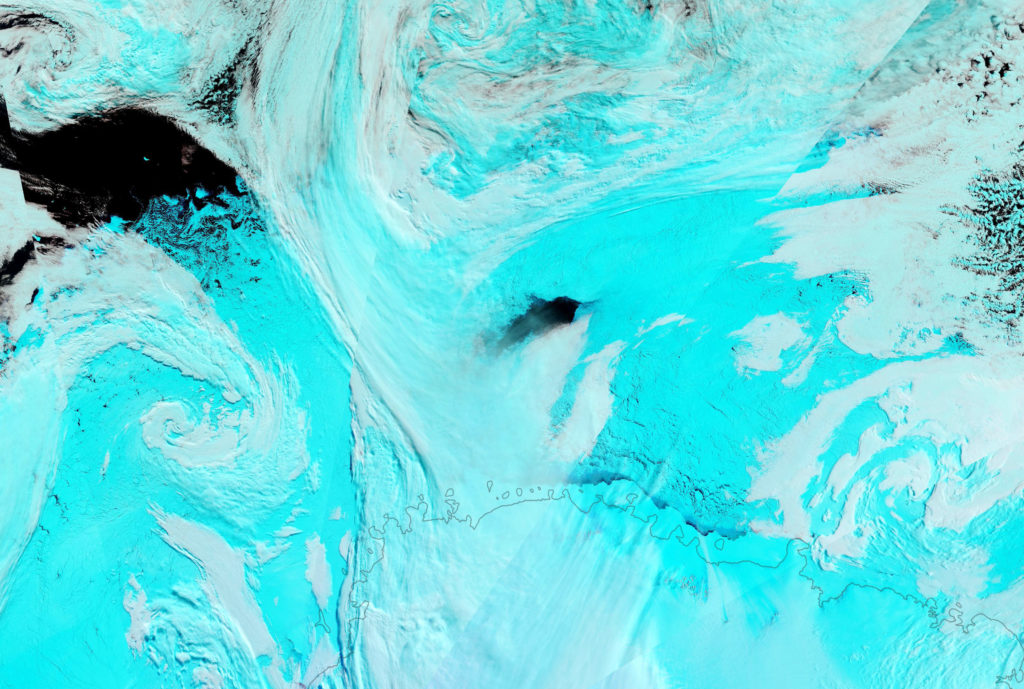 A new study from British Antarctic Survey uses MITgcm to explore what effect excessive Weddell Sea convection may have on nearby continental ice shelves.
A new study from British Antarctic Survey uses MITgcm to explore what effect excessive Weddell Sea convection may have on nearby continental ice shelves.
When the Wind Blows Harder
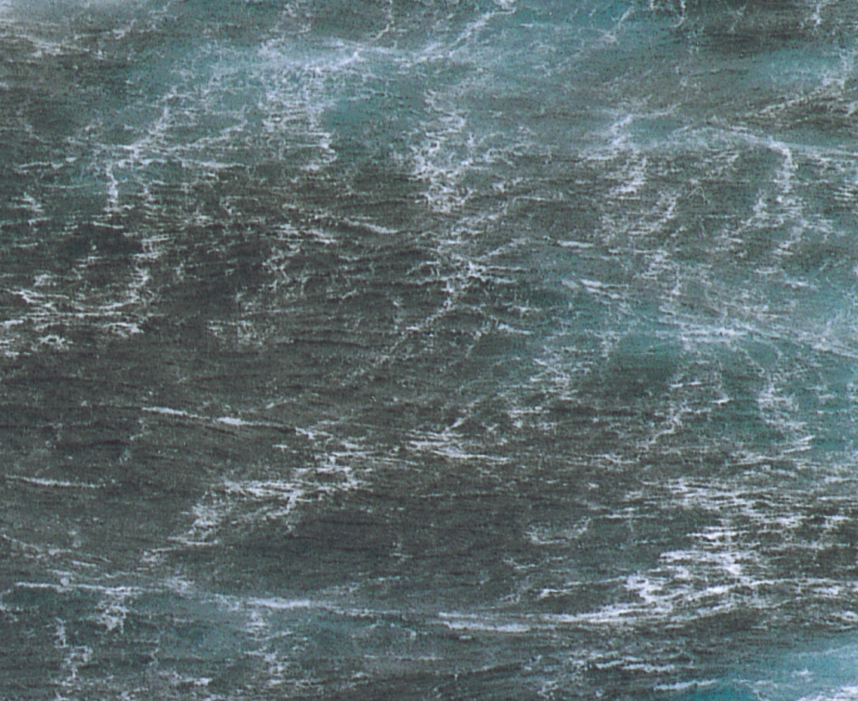 Andreas Klocker, an oceanographer working at the University of Tasmania, has been using MITgcm to explore the sensitivity of ventilation to surface wind stress in the Southern Ocean.
Andreas Klocker, an oceanographer working at the University of Tasmania, has been using MITgcm to explore the sensitivity of ventilation to surface wind stress in the Southern Ocean.
Exploring the Southern Ocean pCO2 Wind Stress Connection
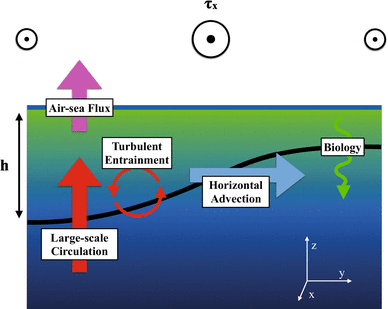 This month we spotlight work from UK researchers led by Ben Bronselaer (formerly of Oxford, now at Princeton) who have been using MITgcm to understand the feedback between mixed-layer partial pressure of carbon dioxide pCO2 and wind stress in the Southern Ocean.
This month we spotlight work from UK researchers led by Ben Bronselaer (formerly of Oxford, now at Princeton) who have been using MITgcm to understand the feedback between mixed-layer partial pressure of carbon dioxide pCO2 and wind stress in the Southern Ocean.
Melting Antarctica
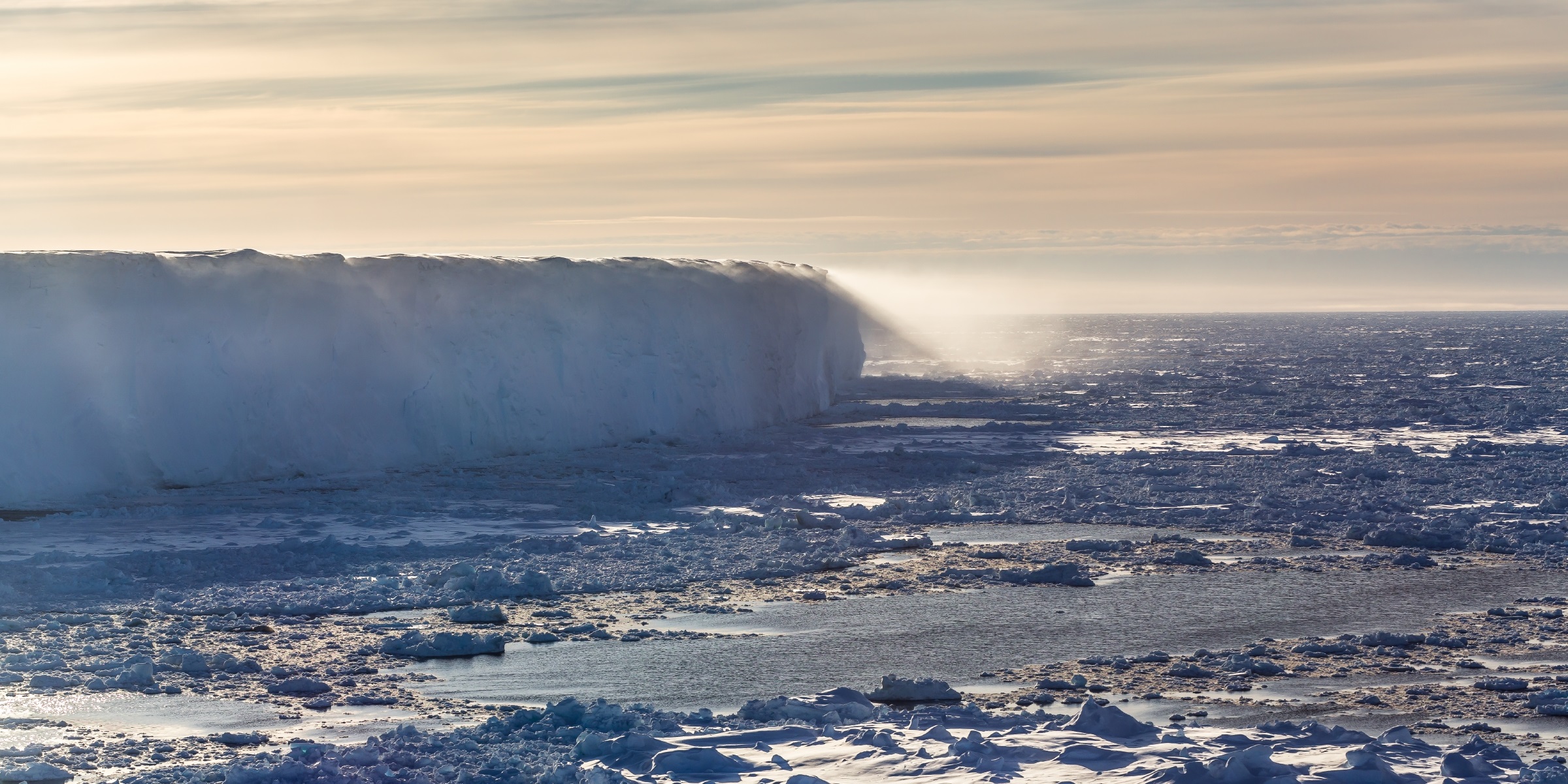 This month we spotlight work by Alberto C. Naveira Garabato. Garabato and his team have been running idealized modelling experiments using MITgcm to study the immediate behavior of meltwater as it ascends from an ice shelf cavity.
This month we spotlight work by Alberto C. Naveira Garabato. Garabato and his team have been running idealized modelling experiments using MITgcm to study the immediate behavior of meltwater as it ascends from an ice shelf cavity.
Summing Up Southern Ocean Upwelling
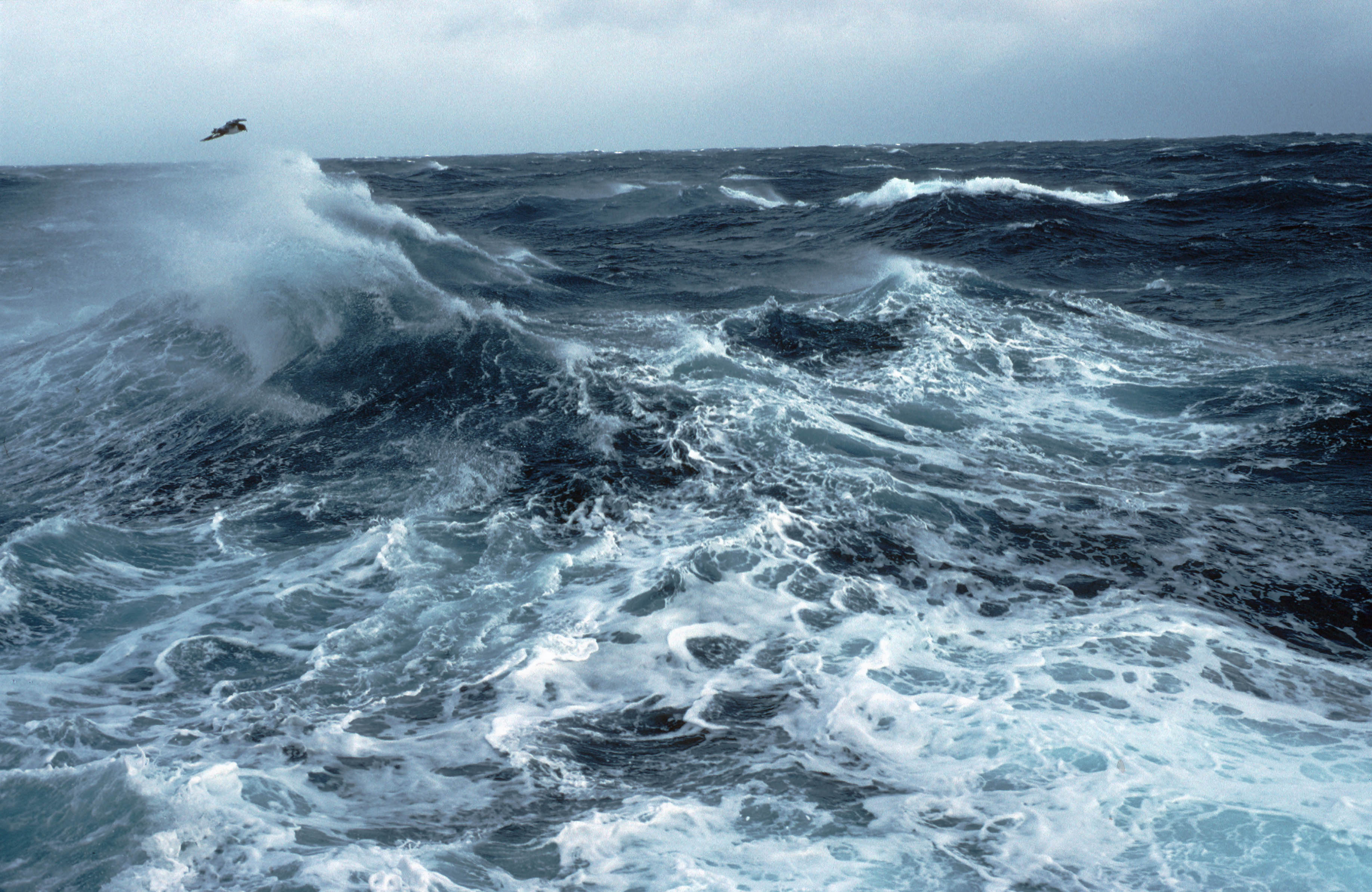 This month we spotlight work using MITgcm to better understand how upwelling associated with the Antarctic Circumpolar Current connects with atmospheric CO2 concentrations.
This month we spotlight work using MITgcm to better understand how upwelling associated with the Antarctic Circumpolar Current connects with atmospheric CO2 concentrations.
